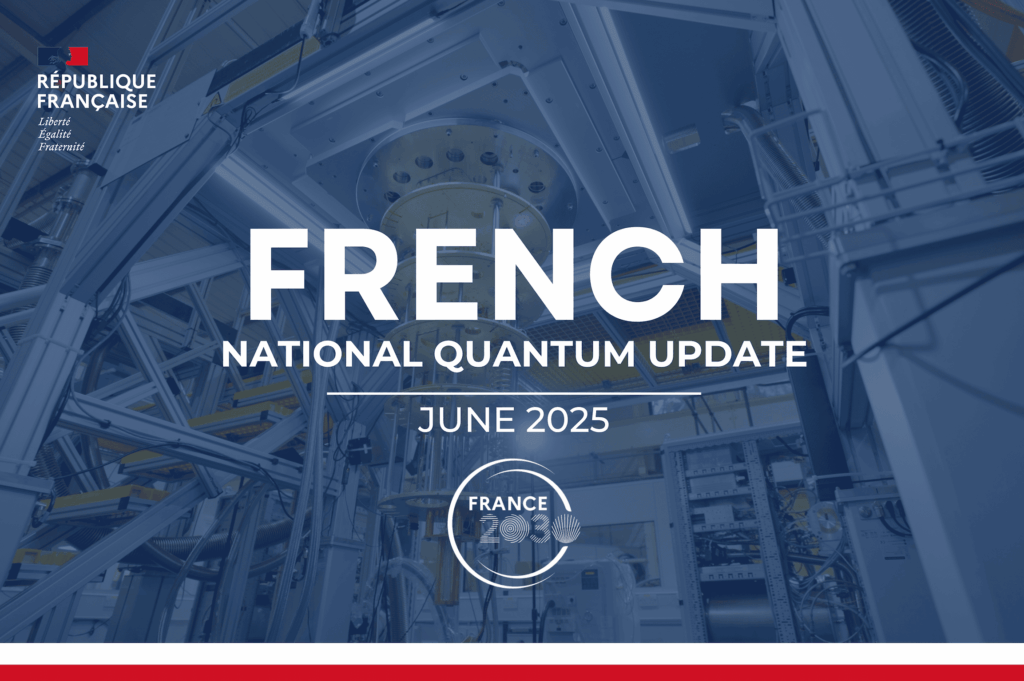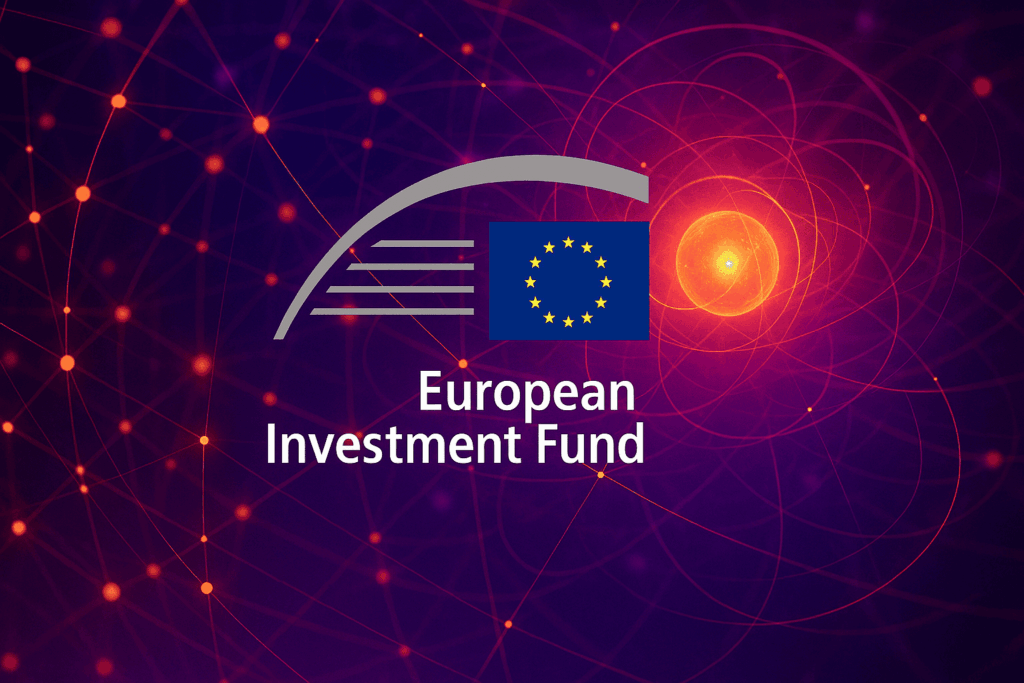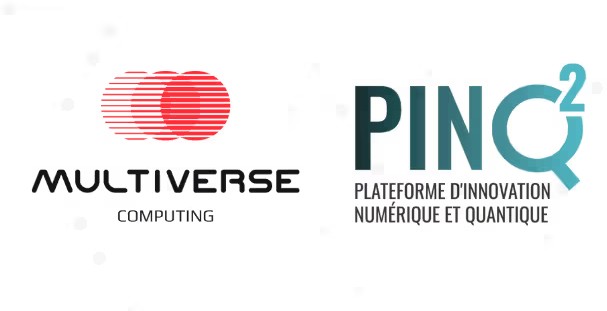PRESS RELEASE — The world’s first detection of gravity changes induced by volcanic processes was performed with a quantum gravimeter, a device which can provide high-quality data, even under conditions where other technologies could not be used. These results were presented in a study carried out by iXblue, a high-tech company in the fields of navigation, photonics and space, and maritime autonomy, and the Osservatorio Etneo of the Istituto Nazionale di Geofisica e Vulcanologia (INGV-OE). Their work was recently published in Geophysical Research Letters, a peer-reviewed journal of the American Geophysical Union (AGU).
In the frame of the NEWTON-g project, funded through the H2020 program of the European Union, the Absolute Quantum Gravimeter (AQG), manufactured by iXblue, was improved to make it suitable to use in adverse environmental conditions and, in August 2020, it was installed in the summit active area of Mt. Etna, to test its potential as an instrument for volcanic monitoring. Since then, the AQG has performed near-continuous gravity measurements and, in their publication, iXblue and INGV-OE present a four-month time series of gravity data.
The gravimeter was installed at about 2.5 km from the active craters of Mt. Etna and produced continuous high-quality data, despite the unfavourable environmental conditions (lack of electricity, severe temperature changes, presence of dust and corrosive volcanic gases) and the high level of volcanic tremor.
“The AQG, installed in the summit crater zone of Mt. Etna, has provided a gravity time series free from the instrumental issues which affect other gravimeters. Even under unfavourable environmental conditions, it has been possible to detect small gravity changes over different time-scales, reflective of volcano-related underground mass changes” says Daniele Carbone, senior researcher at INGV-OE and co-author of the paper.

Variations in the Earth’s gravitational field can reveal useful information about what lies underground: from the presence of tunnels and caves to the dynamics of groundwater and even magma. iXblue’s AQG is a turn-key, portable and easy-to-operate quantum sensor, able to measure such variations of the gravity field using a quantum technology known as atomic interferometry. Using a cloud of rubidium atoms laser-cooled close to absolute zero as the test mass, iXblue’s AQG can sense minute variations of gravity.
“Mass redistributions occurring below the Earth’s surface, for example when magma is displaced through the feeding system of an active volcano, may induce tiny changes in gravity over time, which can be detected by our AQG” explains Vincent Menoret, R&D Manager at iXblue Quantum Sensors division and co-author of the publication, adding that “recent advances in the development of quantum sensors obtained by iXblue with its partners have allowed the development of a portable gravimeter which has proved today its ability to operate under field conditions, making quantum technologies an industrial reality.”
“The results confirm the operational possibilities of quantum gravimetry and open new horizons for the application of gravity measurements in geophysics. This outstanding achievement is also a clear demonstration of the maturity of cold-atom technologies. One can expect a much broader impact in the field of Quantum Computing with neutral atoms and Long-distance Quantum Communication with Quantum Repeaters” concludes Jean Lautier-Gaud, from iXblue Quantum Sensors division and co-author of the publication.
For more market insights, check out our latest quantum computing news here.















